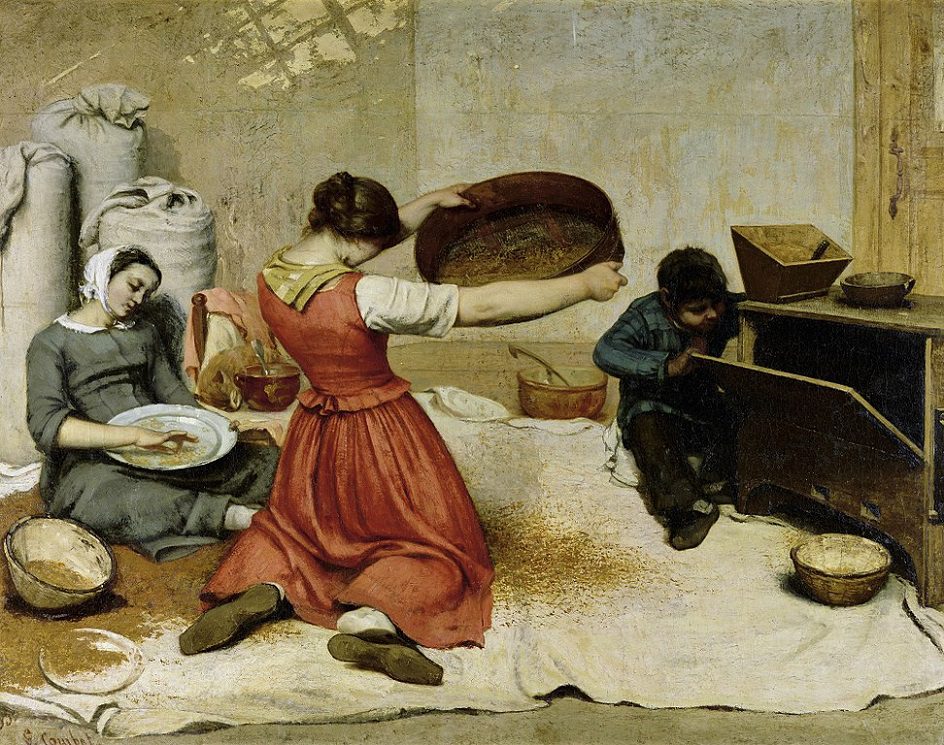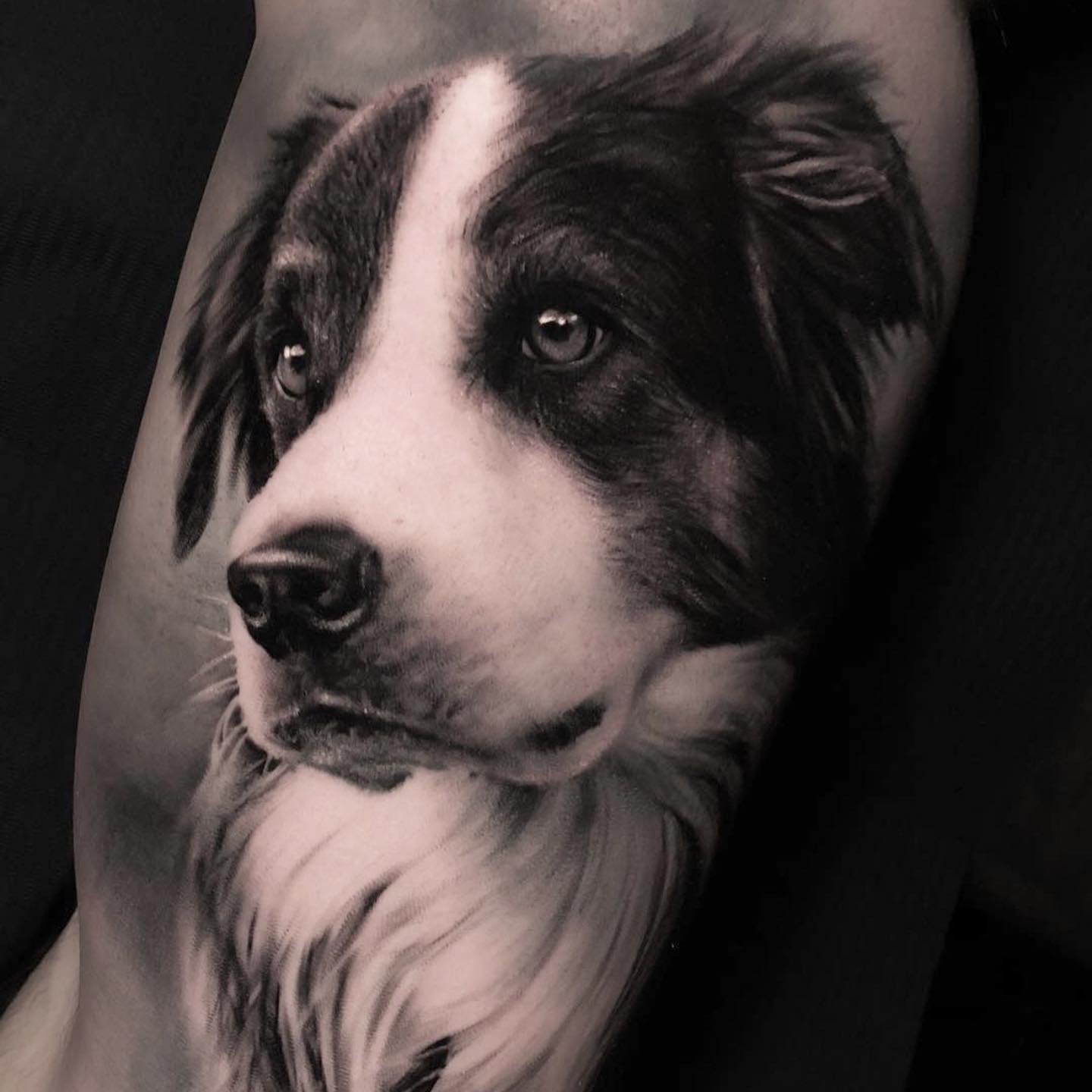
Style Guides: Realism
Contents:
- Мanagement
- Styles
- Realism

In this guide, we explore the history, techniques, and artists of Realism, Surrealism, and Microrealism tattoo styles.
- The photorealism art movement materialized as an evolution of pop art... this is where many realism tattoos find their basis.
- One of the main methods for creating Realism tattoos is to display shadows on a photo. Contour lines delineating areas of shadow and highlights are laid out like a topographic map.
- Styles and aesthetics vary, as do designs. Celebrity portraits, movie stills, photographs, flowers, animals, paintings... whatever you want to reproduce in the form of a tattoo, there is always an artist who can do it.
- Steve Butcher, Thomas Carli Jarlier, David Corden, Liz Venom, Freddy Negrete, Inal Bersekov, Edit Paints, Avi Hoo and Ralf Nonnweiler are the best in their field in realism tattoo realms and sub-styles.
- The history and origins of the realistic tattoo
- Realist Tattoo Techniques
- Realism Tattoo Styles and Artists
- microrealism
- Surrealism
It is awe inspiring when an artist creates a 3D piece of art on something 2D such as a canvas, piece of paper, or leather. After years of dedication, motivation, hard work and a ton of talent, hyperrealist tattoo artists are capable of doing these incredibly complex jobs. From the idea to the stencil and finally to the skin, the amount of technique and time spent on these works of art is simply amazing.
In this article, we talk about the history, techniques and styles of Realism tattoos, as well as the artists who mastered them.
The history and origins of the realistic tattoo
Around 500 BC we see a divergence from stoic and archaic conceptual art towards creations that reflect realistic proportions and elements. It is through this that we see bulky figures transformed into human forms, and later, in the High Renaissance of the 1500s, the remarkable movement of realism in art.
Masters such as Michelangelo, da Vinci, Rembrandt, and Titian set the stage for contemporary artists to exceed expectations and illustrate life as closely as possible to the truth, using techniques such as facial measurement, perspective, and camera obscura. Later, in the realist movement of the 19th century, artists such as Courbet and Millet relied on these old masters for lessons in technique and tools, but used the new philosophy to create comprehensive depictions of authentic life. In fact, many realism tattooists still look to the old masters for style and subject matter, but it wasn't until the invention of the camera that the realistic approach to art really took off.
Based on the camera obscura, an invention to help project images, the first photographic image was made in 1816 by Nicéphore Niépce. It wasn't until 1878, however, that smaller portable cameras with faster exposure rates were created, sparking a boom in the photography market. Later, with the development of technology thanks to companies such as Kodak and Leica, ordinary society was able to capture scenes from life without the help of artists, and for a while it seemed that realistic painting was an archaic movement. Artists also didn't want to be seen as mere imitators of real life, and so while creative people continued to use photographs as source material, photorealism was not a popular style, and realism didn't get serious mainstream as a movement until, as a direct opposition to the abstract expressionists and minimalists of the late 60s and 70s, photorealism materialized as an evolution of pop art. Here we can find some of the roots of realism tattoo styles and techniques.
Conversely, in an interview with NPR, tattoo artist Freddie Negrete talks about "black and gray realism" tattooing, which has its origins in 70s Chicano prison culture in California. Behind bars, artists used the materials available to them, including pen ink, sewing needles, and the like. Negrete describes how burning baby oil produced black soot, which was also used to make ink. He also talks about how, because homemade machines only had one needle, finer lines were the norm. Prison segregation meant that the Chicanos were together, and that the tattoo artists worked within their own culture, creating images. This meant that Catholic iconography, Aztec stonework, and heroes of the Mexican Revolution were added to the Chicano ink repertoire. Later, when Freddie Negrete was released from prison, he headed to Good time Charlie's Tattooland, where he and his shop began to make tattoo history with their dedication to black and gray realism tattoos.
Realist Tattoo Techniques
One of the main methods of creating tattoos in the style of realism is the imposition of shadows, highlights and contrasts. Anyone who has done a realistic tattoo or observed the placement of a stencil has probably noticed the contour lines delineating areas, as on a topographic map. This, and the photo source usually attached to the tattoo artist's workspace, are just two of the ways an artist prepares to create a piece in this style. There are different ways a realist tattoo artist can work, but what is absolutely certain is that this particular style requires careful planning ahead of time, along with a lot of skill and technical training.
Realism Tattoo Styles and Artists
There are many different approaches to making realistic tattoos that involve style. Artists such as Chris Rigoni use a mixture of influences; combining abstract, illustrative, pop art and realistic forms. Freddy Negrete, Chui Kintanar, Inal Bersekov, and Ralph Nonnweiler do almost exclusively black and gray realism, while Phil Garcia, Steve Butcher, Dave Corden, and Liz Venom are known for their highly saturated color realist style tattoos. Every artist strives to illustrate what interests him most.
microrealism
Also worth noting is the evolution of realism tattoo art in Seoul, Korea, whose artists pioneered the style we know as microrealism.
Many artists living there, in particular the artist-in-residence of Studio By Sol, have added a very different approach to the realism tattoo style. Of course, their artwork is incredibly realistic, whether it's a fine art reproduction, a photorealistic pet portrait, or a beautiful botanical creation, but executed incredibly small, with a certain watercolor and illustrative influence.
Artists such as Youyeon, Saegeem, Sol, Heemee and many more amaze the imagination with their exquisite work in the spirit of ethereal microrealism. From tiny gems and tiny fruits to micro-portraits, their work has opened up a new way to downsize a traditional realistic tattoo and create it in a subtle mix of styles. When addressing aging issues with watercolor, many artists use a thin black outline to keep the pigments from bleeding out over time.
Surrealism
There are many different styles, designs and concepts within the realism genre. Surrealism being another one of them. In short, surrealism is a by-product of realism and its style is easy to define. Dreamy realistic scenes and portraits combined with unexpected and sometimes bizarre combinations of ordinary objects define the Surrealist style.
Most tattoo artists and artists in general will tell you that their style, their work, is inspired by the world around them. It's the magic of realism, surrealism and microrealism... the ability to gather all that is beautiful and inspiring in life onto the moving canvas that is the body.
Leave a Reply